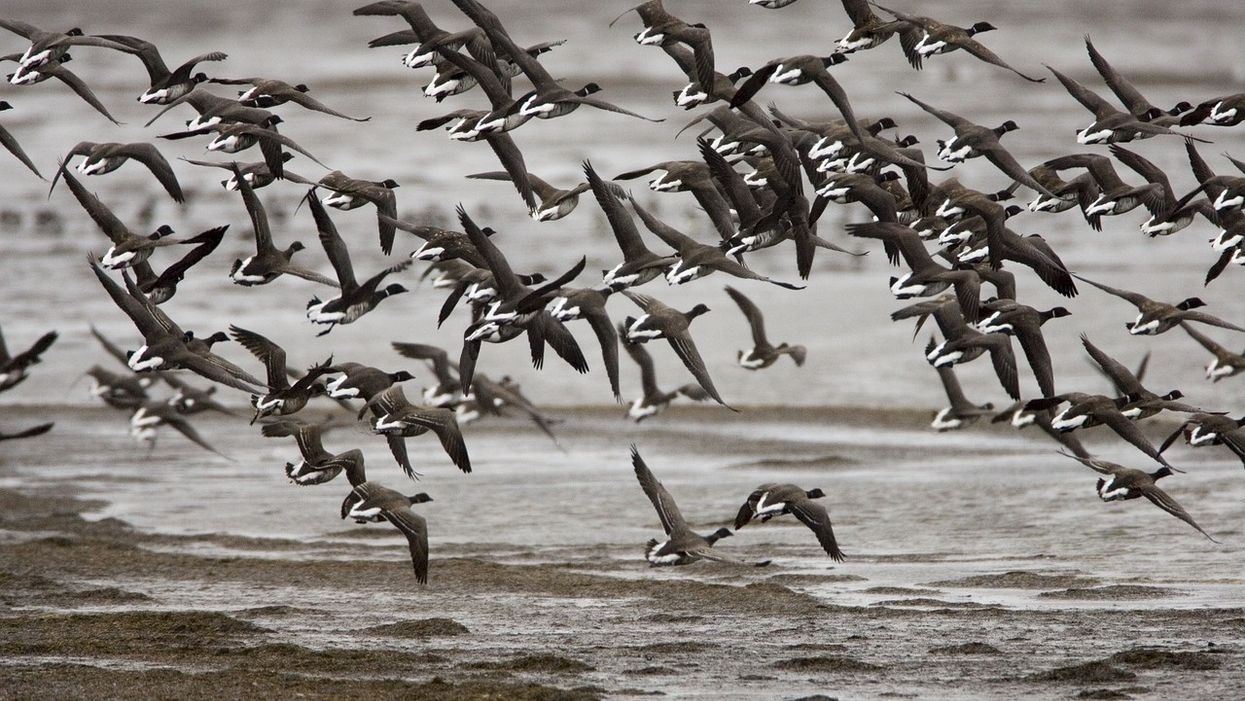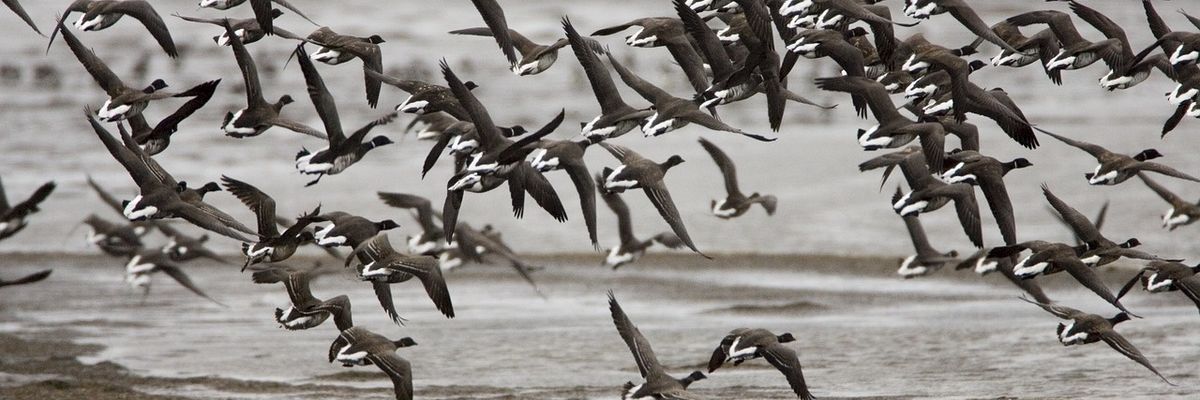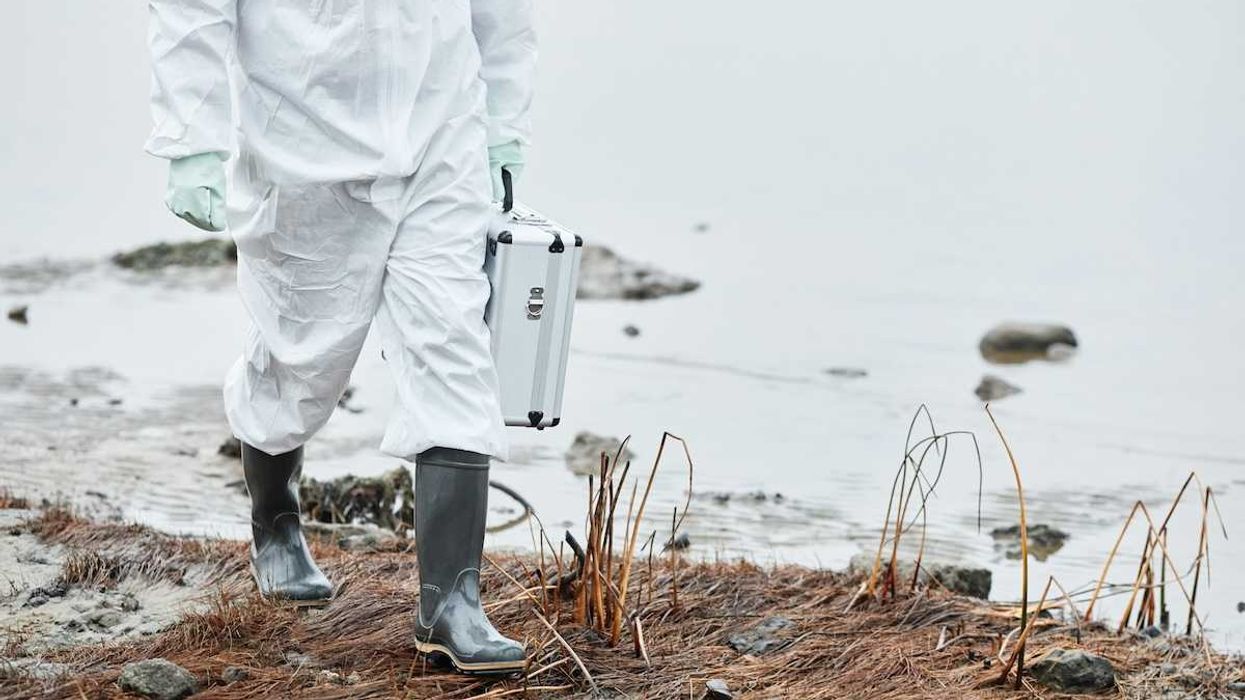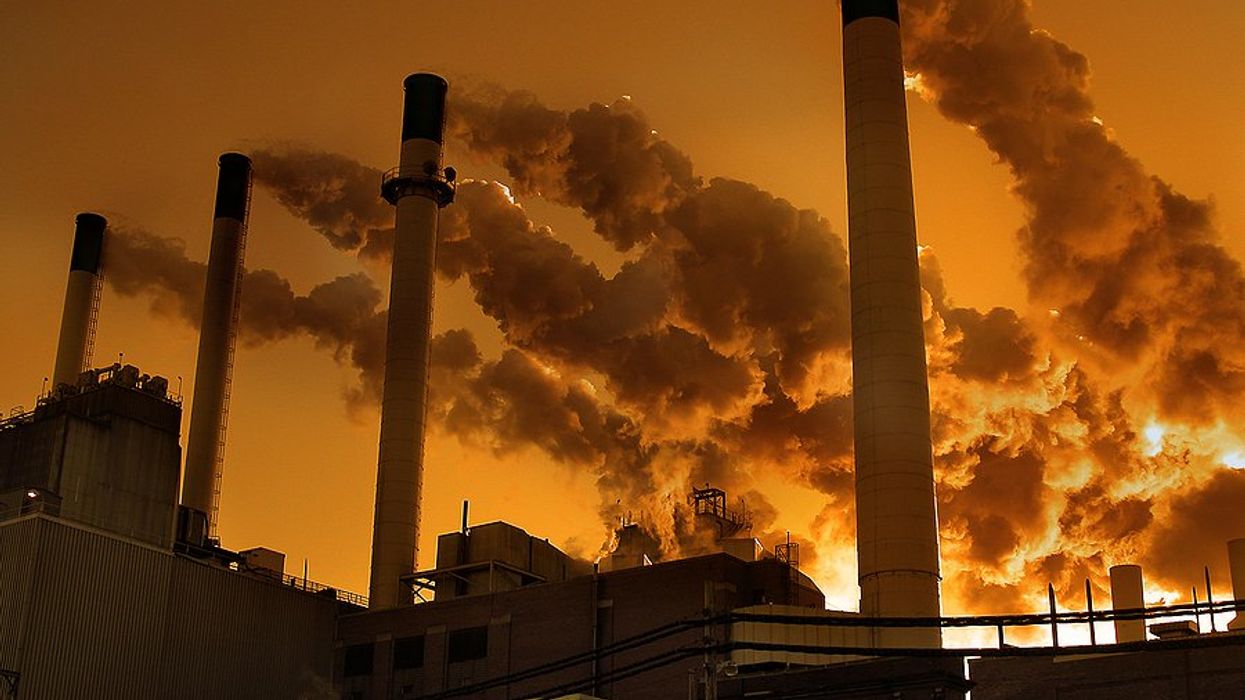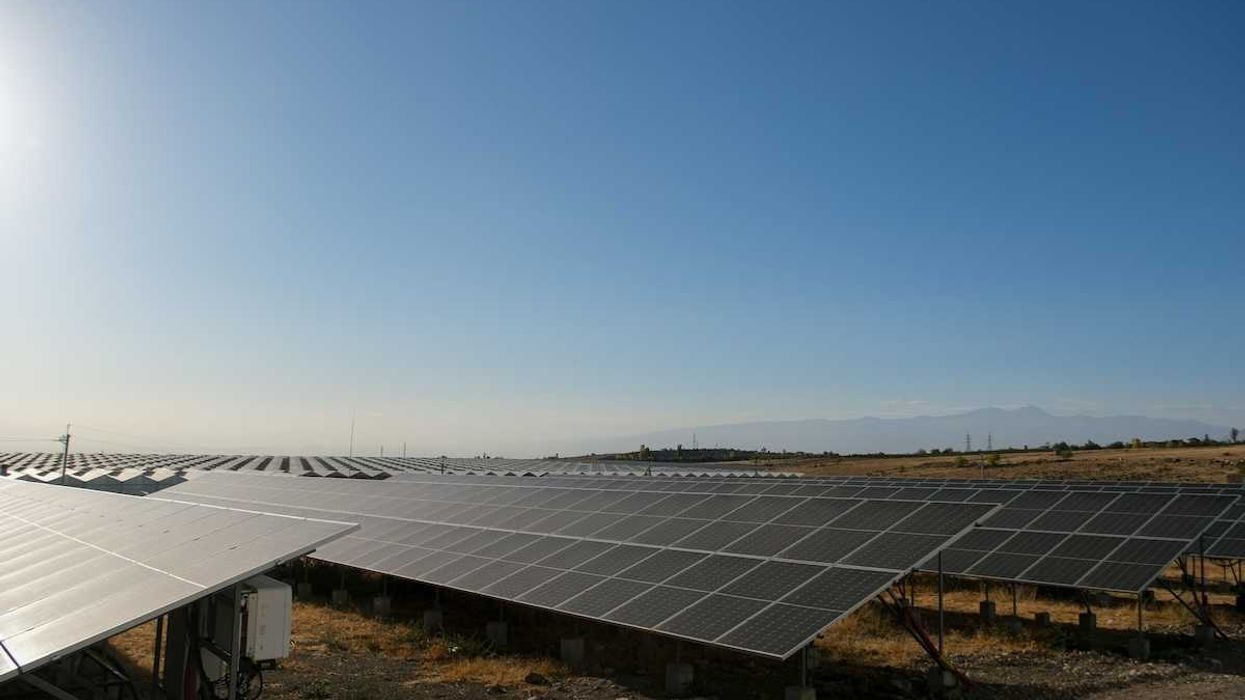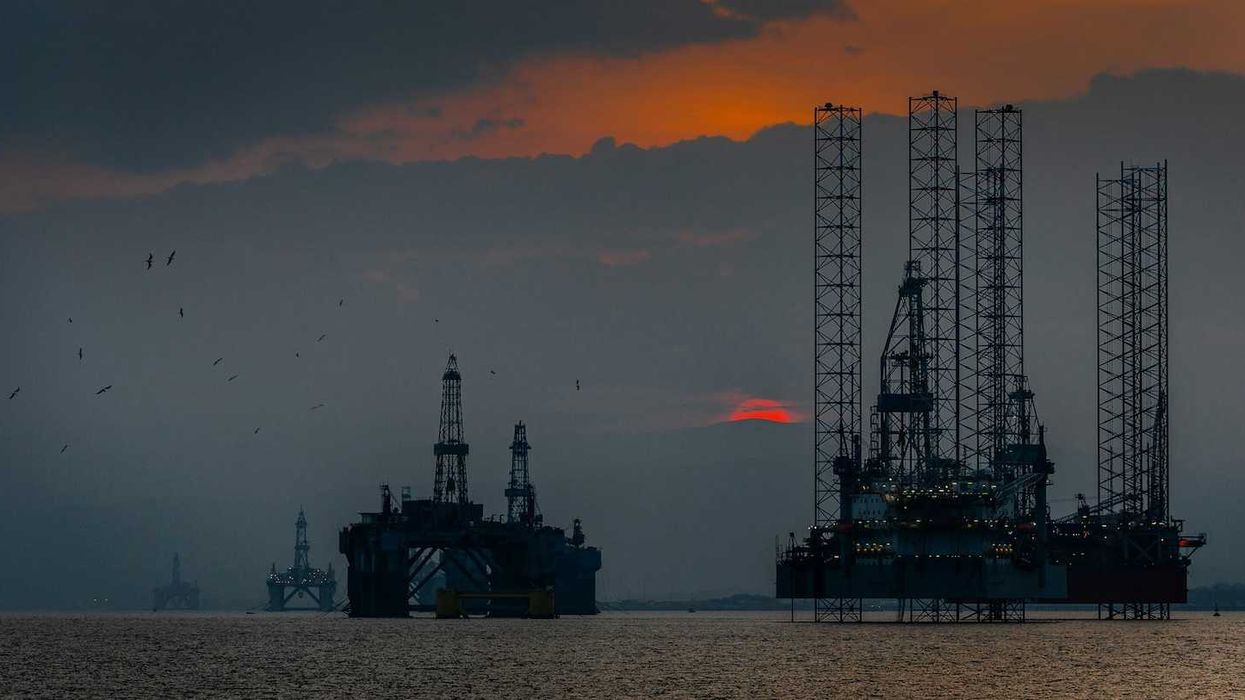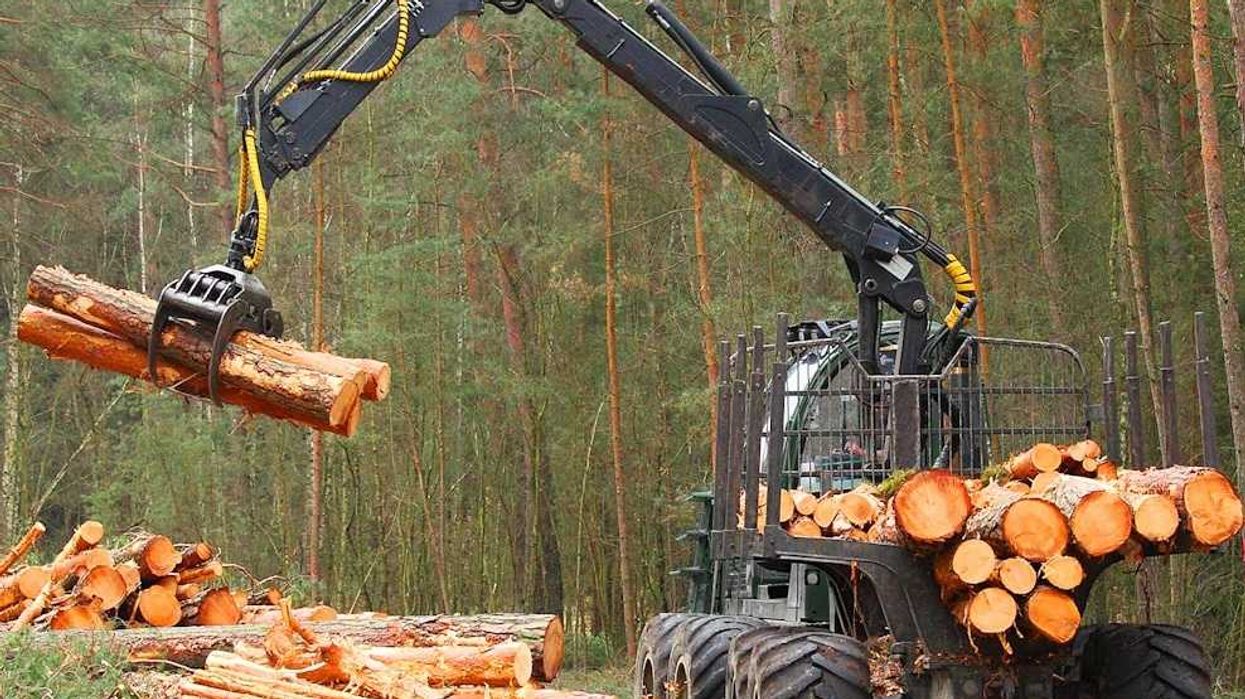The vast marshes on the southwestern tip of the Alaskan peninsula must look like a buffet to a seagrass-loving goose like the Pacific black brant.
Right now virtually the entire population – about 160,000 birds – is gathered in the sheltered and remote wetlands within the Izembek National Wildlife Refuge, feasting on the most extensive beds of eelgrass on Earth.
In the past, the Izembek was just a stopover in the brant's autumn journey down North America's western coastline. After a short stay to fatten up, the sated sea geese would lift off together and head south on a 3,300mile, nonstop migration to Mexico's Baja California.
But nature doesn't follow that predictable course anymore.
Scientists have documented that increasing numbers of black brant are skipping that far southern migration and staying in Alaska instead. Fewer than 3,000 wintered in Alaska before 1977. In recent years, however, more than 40,000 have remained north, with as many as 50,000 staying there last year, during the most ice-free winter that Izembek had seen in more than a decade.
"In years past you'd often have ice that would build up in these lagoons, and the eelgrass would be unavailable for the winter period. But now that's changing." –David Ward, USGS
"The temperatures now in winter are much warmer," said David Ward, a researcher at U.S. Geological Survey's Alaska Science Center, who conducted the research along with scientists from the U.S. Fish and Wildlife Service. "In years past you'd often have ice that would build up in these lagoons, and the eelgrass would be unavailable for the winter period."
"But now that's changing."
It is unclear whether this climate-change-driven adaptation spells trouble for the Pacific brant, one of the darkest of all waterfowl. The small goose sports a sleek black head and breast set off by white striations. A white "necklace" of feathers, different in each bird, may play a role in mating, which the brant do for life.
There may be some advantages in opting out of migration: Winter estimates of its population have edged up an average 4 percent annually from 2004 through 2013.
But winter in Izembek creates new risks and uncertainties for the bird. It has raised the stakes in battles over human development – like the perennial fight over oil drilling in nearby Bristol Bay and a long-running dispute over a proposed road through Izembek National Wildlife Refuge to aid an isolated village of about 1,000 people.
Then, there is the threat of nature itself. Despite warmer average temperatures, the region is still subject to sudden, extreme bouts of cold that could kill black brants overwintering in Alaska. In recent years, that amounts to about one-third of all black brants.
"It can become an ecological trap," said brant expert Jim Sedinger, an environmental and resource sciences professor at University of Nevada, Reno.
The region is still susceptible to extreme cold snaps, as occurred in 199091 and again in 2012.
"[There's] the potential that we'll have a disruption, a severe weather event, and the birds will not have migrated and we'll take a big population reduction," said Dan Ashe, head of the U.S. Fish and Wildlife Service, at a Senate hearing on climate change impact earlier this year. "It puts more uncertainty in the game for wildlife managers."
One of many
The Pacific brant isn't the only bird with a migration that seems altered by climate change. European songbirds have been tracked spending winters in Britain instead of migrating to Africa. And a recent study by the Audubon Society concluded that 314 species, nearly half of all North American birds, could be severely threatened by global warming, due to ranges that expand, contract, or shift.
The Pacific brant is a particularly vulnerable bird because of its dependence on a single food – eelgrass, a saltwater vegetation with long ribbonlike leaves. In many places, especially the U.S. East Coast and Europe, eelgrass beds have been destroyed or depleted by coastal development. Most geese have adapted by shifting to food sources on land, and creating a nuisance for farms, golf courses, and gardens. Other brants on the U.S. Atlantic coast and in Europe have made such a shift.
But the Pacific brant has stuck to eelgrass as its primary food, bolstered by the abundant supply at Izembek, established as a national wildlife refuge in 1960.
"It can be seen as a success story for the West Coast," said Ward.
The downside to the Pacific brant's affinity for eelgrass is that birds specialized for a particular habitat or food are particularly vulnerable to forced changes in their environment, biologists say.
Deforestation and development have pushed many specialists or microhabitat dwellers, to the brink. The red-cockaded woodpecker, reliant on southeastern longleaf pines, or the golden-cheeked warbler, nesting only in the juniper-oak woodlands of central Texas, are both endangered. Brant are not considered endangered, but the International Union for Conservation of Nature estimates that 30 percent of non-threatened bird species are susceptible to climate change, mainly due to factors such as specialization.
Brants that can weather the winter have an advantage in spring, when they'll have a shorter trip to return to breeding grounds in the northern reaches of Alaska, Canada and Russia. "For the brant, it's good to arrive on the breeding grounds at the start of growing season and begin nesting, so the offspring hatch during peak food availability," Ward said. "That means they grow faster, and bigger, and it translates into higher survival and recruitment into the population."
And indeed, the numbers of Pacific brant appear to have been edging up over the past decade, to a level on par with the number there in the 1960s, based on wildlife managers' estimates. That marks a recovery from the 1970s and early 1980s, when overhunting, fox predation and harsh weather depleted numbers.
Brant traditionally has been an important bird for rural native Alaskan communities, which have participated in programs to restore their numbers. But in one of the most important subsistence harvest areas – which also is the most important breeding area, the Yukon-Kuskokwim Delta, just 550 miles north of Izembek – the numbers have been declining in recent years.
In part, this is yet another climate change impact. The coast has been altered by saltwater intrusion and erosion, Ward said. The U.S. Fish and Wildlife Service's 2013 goose population status report noted that a summer storm surge at high tide caused widespread coastal flooding in high-density nesting areas during peak hatch, with biologists reporting high losses of nests and goslings.
Roads, hunting and oil fields
The brant's changed wintering habits were cited in the environmental impact statement that Interior Secretary Sally Jewell relied on in December in rejecting a proposal to build a gravel one-lane road through the Izembek refuge. The mostly native village of King's Cove, which has no full-time physician, has been lobbying for years for a road through the refuge so that patients could be transported to the nearest all-weather airport in medical emergencies.
But Jewell said the wildlife refuge "would be irreversibly and irretrievably changed by the presence of a road," which would bring with it a certainty of increased human activity and access, including hunting pressure. The brant, she said is especially "sensitive to human–caused, ground-based disturbance."
Stanley Mack, the 75-year-old mayor of Aleutians East Borough, which includes the village of King's Cove, has lived in the region his whole life. He said he does not believe that there has been a significant increase in brant wintering in Izembek. He believes the numbers that federal officials cite are inaccurate.
Mack argues the proposed road would be three miles from Izembek lagoon and would not disturb the birds. He sees far more risk from sports hunting, which the Department of Interior permits in the refuge even while it is denying road access on the basis of protecting the bird.
"The thing that irritates the blazes out of me is that they do not prohibit any activity in the lagoon with motorboats or sports hunters at the time the black brant are feeding in fall," he said. Indeed, several operations offer guided hunts for brant in Izembek, boasting, for example, that they've seen "100 percent success every season."
Mack said villagers care about the bird's survival. "We live off of them, and we protect them," he said, adding, "we only get what we need and then we put that away for the winter, and are able to have some December goose for Christmas. That's the way we live out here."
But villagers to the north in the Yukon Delta, who also rely on the brant for subsistence hunting and have seen the numbers in their region decline, oppose the Izembek road because of the risk they see for the bird's future. The road battle now is being fought in federal court in Anchorage, where the village of King's Cove, backed by the state of Alaska, has sued to overturn Jewell's decision.
Meanwhile, there are other concerns due to the Pacific brant's increasing dependence on Izembek. Currently, there's no oil and gas development through 2017 in adjacent Bristol Bay by executive order of the Obama administration, but President George W. Bush had sought to open the area to leasing, and there have been numerous efforts in Congress to pass legislation reversing the moratorium. An oil spill or increased aircraft or vessel traffic could disturb the tidal eelgrass habitat, which is connected to the bay.
Ward said that biologists also are looking at whether the mere pressure of more birds poses a danger to the brant.
"Izembek has been key for so many decades for the brant to gain energy to move on to wintering areas," he said. "Now that they're staying here, another aspect we're looking at is how the forage pressure on the resource is being met. How many birds can Izembek Lagoon really support over time?"
For now, scientists can only wait to see what happens this year – how many brant go south, and how many birds stay north – after an ominous start: A village nearby set a record this year for the warmest September in recorded history.
For more information:
Izembek National Wildlife Refuge
USGS Alaska Science Center
Audubon Society climate change study
Aleutians East Borough

